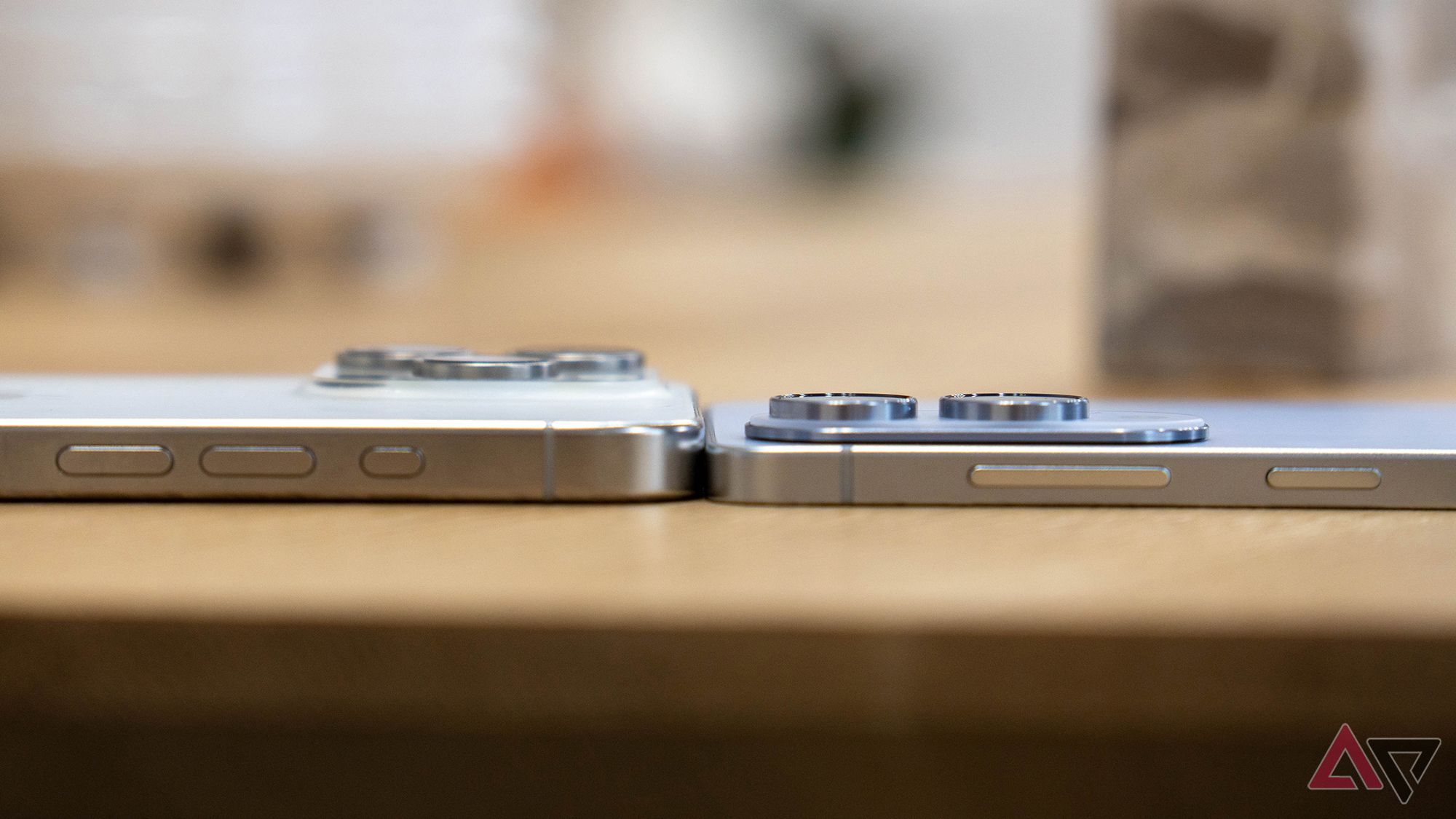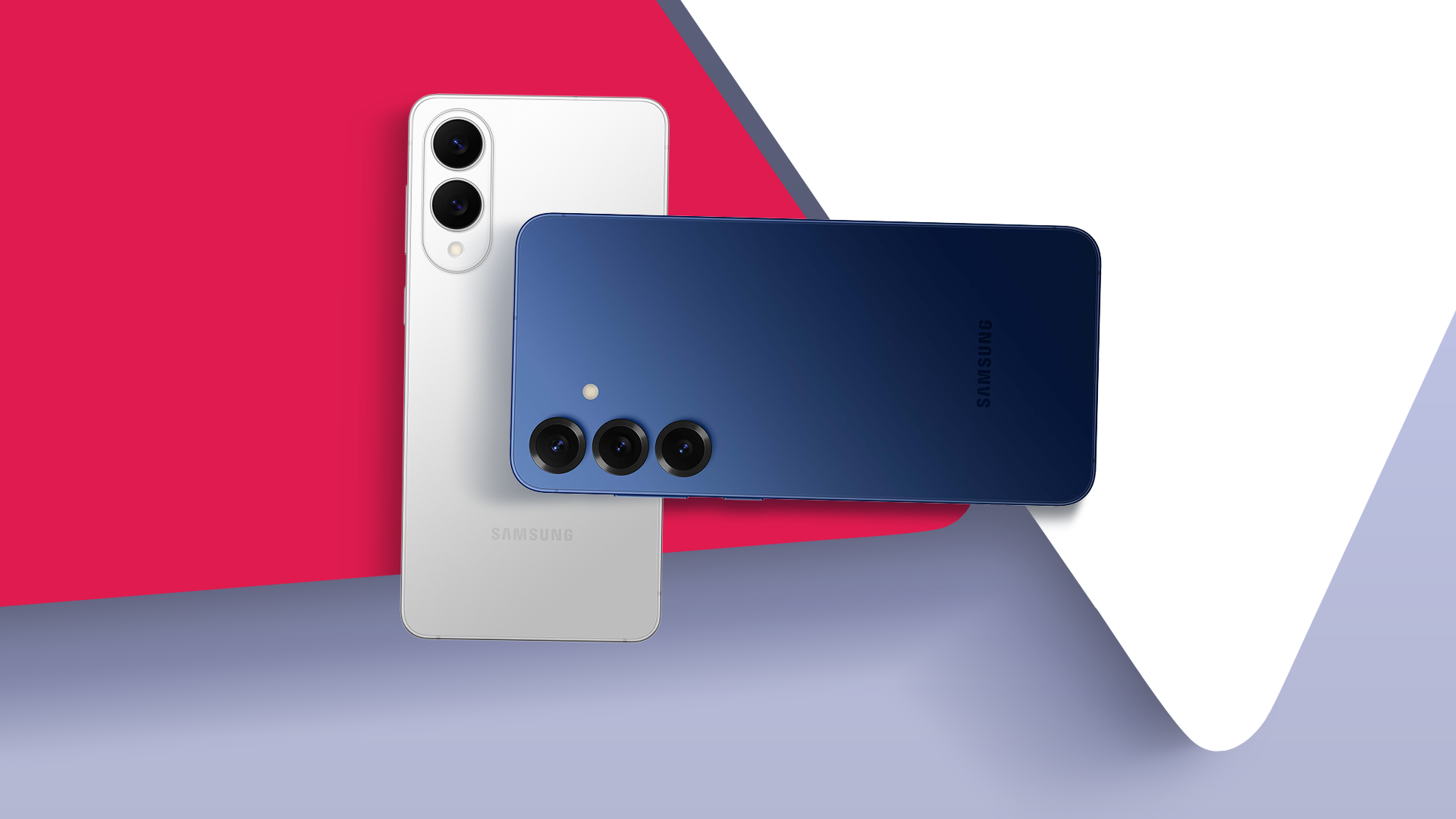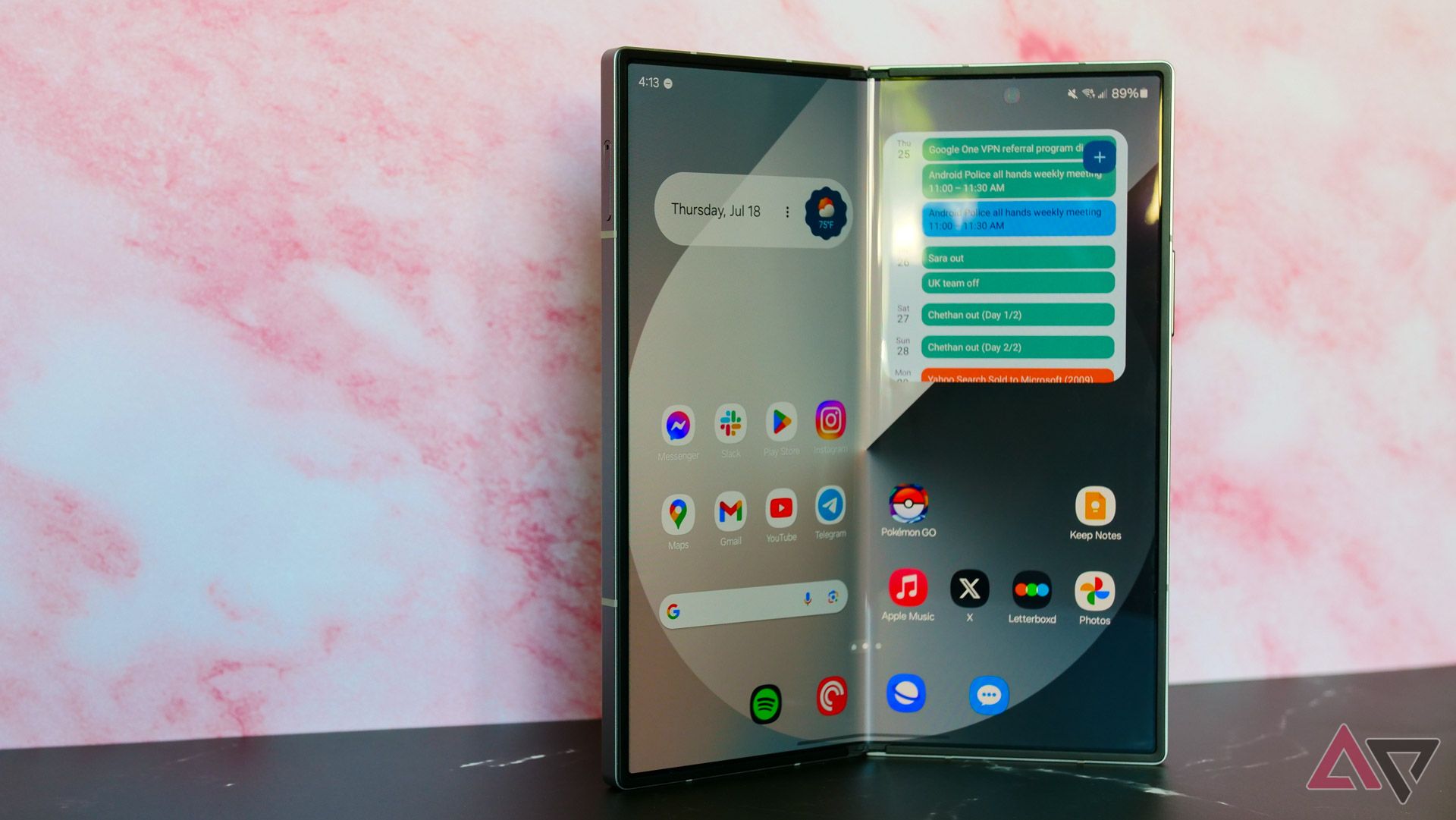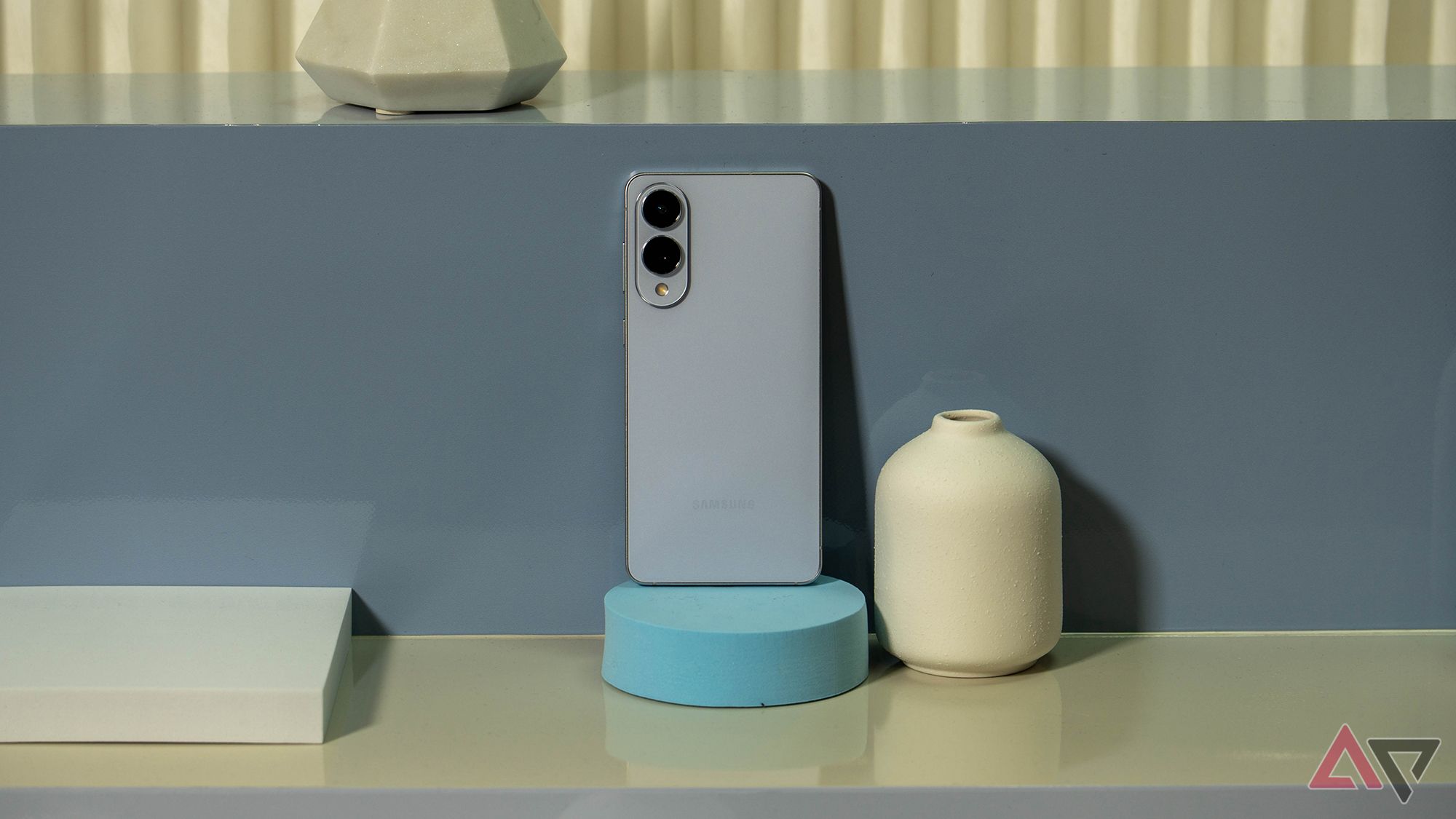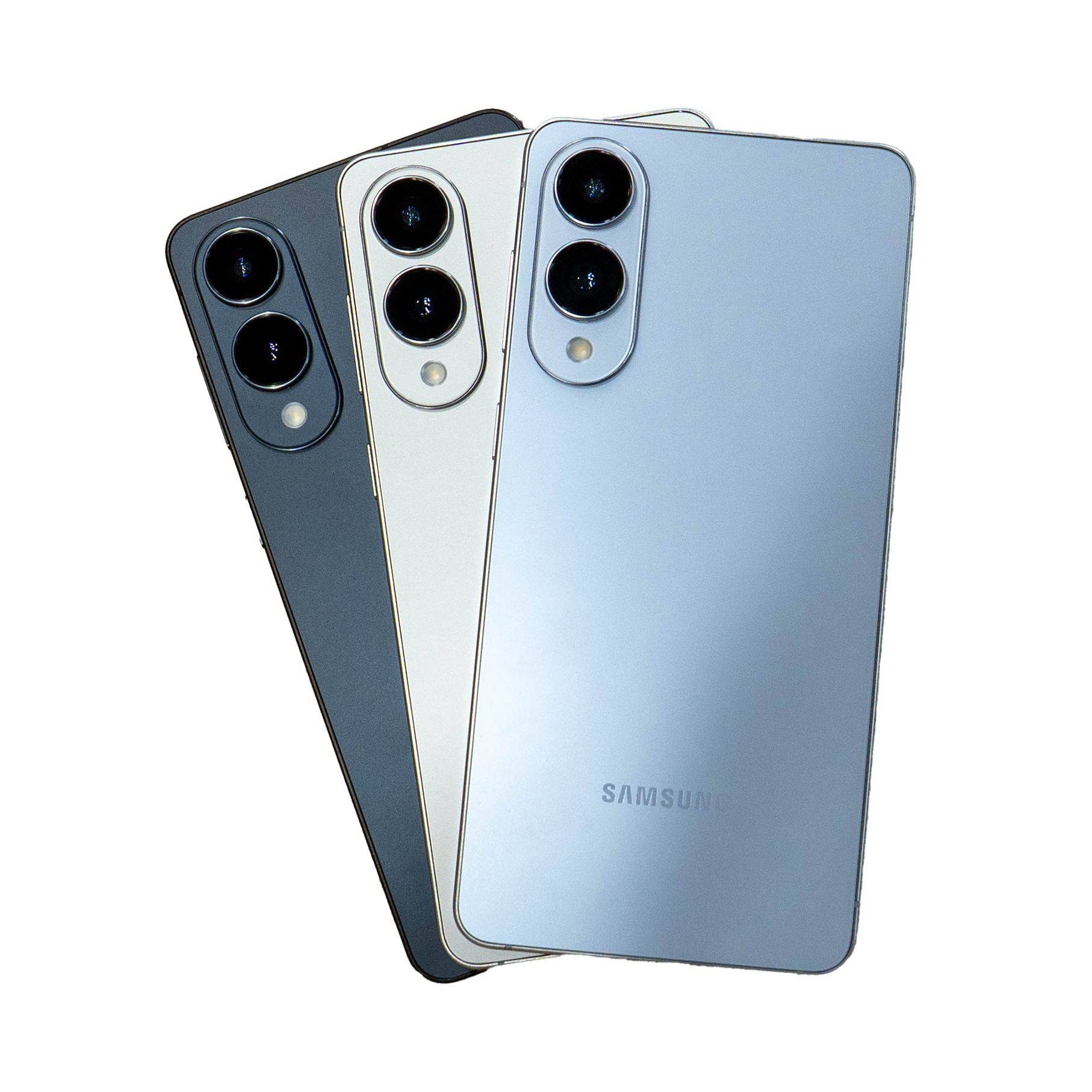Samsung has produced some of the industry’s most impressive and iconic devices. While it created many of the best Android phones, Samsung’s track record isn’t spotless. For example, the Samsung Galaxy S5 was an OK phone with a horrible design, and some phones were so bad that the devices had to be recalled, like the Galaxy Note 7.
Since that debacle, Samsung has been a more reliable manufacturer. This consistency has me perplexed about its latest device, the Galaxy S25 Edge. While the phone honors the nearly three-year-old design language Samsung has been rehashing, it squished the z-axis to make it thinner. This feat required impressive engineering to offer a device with high-end potential in a slim body. But the biggest question is “Why?”
Truly impressive work here
Samsung nailed it
While I have yet to get my hands on the new Samsung Galaxy S25 Edge, I have heard from colleagues around the industry about how impressive it is in the hand. The S25 Edge is essentially a Galaxy S25+ with a squished z-axis. For context about how thin this new device is, the S25+ is 7.3mm thick, and the S25 Edge comes in at 5.8mm.
Samsung isn’t known for making the thinnest foldable devices. However, for another comparison, the Galaxy Z Fold 6 is 5.6mm when unfolded. The thinnest folding phone is the Oppo Find N5, and it’s 4.2mm unfolded.
The device’s thinness is the most apparent feature of the phone. By making its phone so thin and having only a single-wide device to work with, rather than the double-wide foldables, Samsung was forced to conquer some engineering challenges. According to feedback, the OEM has largely overcome those challenges.
Samsung put enough high-end components into the Galaxy S25 Edge to make the device “worth” its $1,100 starting price. The phone has a 6.7-inch QHD+ AMOLED panel, 12GB RAM, 256GB or 512GB storage, Snapdragon 8 Elite, 200MP main and 12MP ultra-wide cameras, and is IP68 water-resistant. Those are impressive specs for a thin device.
There had to be concessions due to physics, mainly in the form of the 3,900mAh battery, the smallest of all the devices in the Galaxy S25 lineup. While Samsung opted not to use the latest silicon-carbon composite anode battery tech, early reports show that the Galaxy S25 Edge has respectable battery life.
Honor has been using the new battery tech for a couple of years, with the big selling point being a higher energy density. This is how it fits a 5,150mAh battery in the thin Magic V3 foldable.
Misguided work
Samsung misinterpreted the message
For all the effort Samsung put into making an impressive piece of hardware, the question that rolls around is, “Why?” Who is this phone for? It isn’t a budget device or a power user’s phone. At $1,100, it sits between the cost of a Galaxy S25 Ultra and S25+. Both offer more for the money. Convincing someone to opt for the S25 Edge over either of those phones is a tough sell.
The only real selling point is if you enjoy putting a case on your phone, and you may want to with how boring this phone looks. Your phone won’t be overly thick, as it would be on a regular phone. But is spending $1,100 worth a few millimeters, a less capable camera system, and potentially worse battery life?
Samsung dropped this new phone and left out things like Qi2 and a dedicated zoom camera, instead opting for a 200MP camera and 10x digital zoom. In recent years, many people have said they would rather have a thicker phone if it meant a bigger and better battery life. Instead, we get a smaller battery and only 25W wired charging to top it up. While we’re charging a smaller battery, this would be a great place for faster charging.
Perhaps Samsung has a plan
We can only hope
Perhaps the issues of the past scared Samsung, and that’s partly why many of its devices have been dull. In the eyes of the company’s decision-makers, making the Galaxy S25 Edge was a “safe yet bold move.” Maybe I’m off base, and more people than I think have been clamoring for a bland-looking, thin phone that will “probably” make it through the day on a single charge.
I hope Samsung treats this as a test device to improve its folding phones. Maybe the upcoming Galaxy Z Fold 7 will reinvent Samsung’s foldable phone lineup. It could take cues from the Galaxy S25 Edge and go further since there will be more internal space than the non-folding sibling.
Samsung has become complacent and taken too many pages from the Apple playbook. I want to see Samsung return to taking real chances with its hardware, and a thinner version of what’s already out isn’t it.
Samsung Galaxy S25 Edge
Samsung’s latest smartphone combines the best elements of the mainline Galaxy S25 trio with an all-new slim titanium chassis. Packed with high-end hardware, this is a seriously thin and powerful phone.


